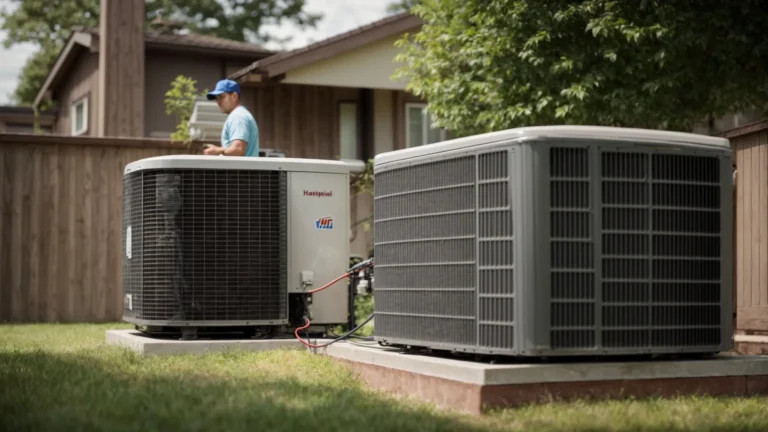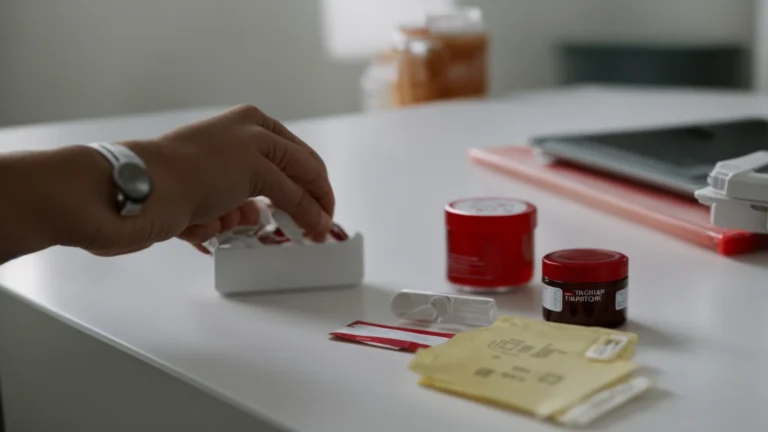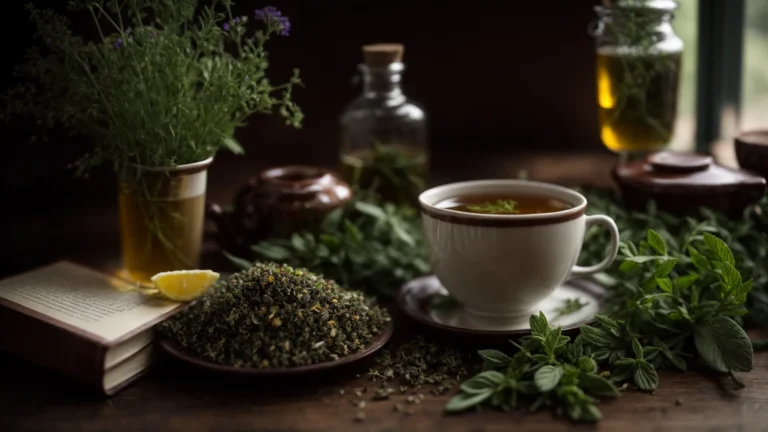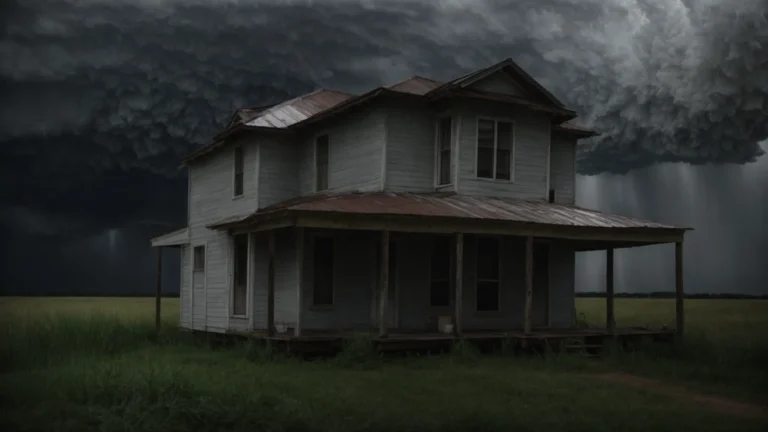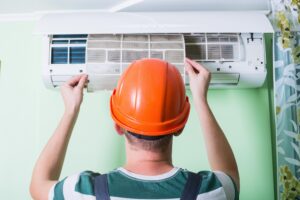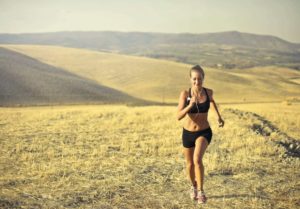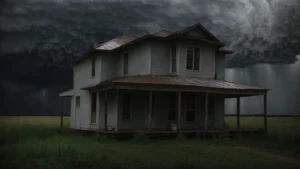From cedar boards and woven wire to composites, solar electric, and modular panels, modern agricultural fencing has expanded far beyond old standards. Local landowners want materials that last in Pacific Northwest weather, control livestock safely, deter wildlife, and minimize maintenance. Chehalis, WA farm fencing built for wet winters and working acres shows how today’s options meet both durability and function. This guide breaks down what’s new for 2025 and how these choices perform on real properties.
What’s Changing in 2025
- Sustainability front and center: recycled composites, American-made steel, and premium vinyl are designed to hold up in moisture-heavy climates while reducing replacement cycles. These materials are becoming year-round options rather than niche upgrades.
- Smart systems go mainstream: solar energizers, app-enabled monitoring, and sensor alerts help manage large acreages, rotational grazing, and livestock security with fewer labor hours. These systems pair with permanent fence lines or temporary cross-fencing.
- Modular and reconfigurable builds: Panel systems and clip-on accessories let owners adapt lanes, pens, and paddocks quickly—useful for seasonal pasture management or herd expansion.
Traditional Materials—Still Useful, With Limits
- Cedar: A familiar choice with visual appeal and solid strength for alleys, barnyards, and windbreaks. In damp seasons, cedar benefits from sealing, periodic repairs, and airflow planning to limit rot and moss. Premium, true 5/8-inch boards improve longevity over thinner stock.
- Woven wire and field fence: High-tensile and woven options remain workhorses for cattle and perimeter lines. Galvanization level and tensioning technique matter for service life in wet soils and along riparian stretches by the Chehalis River.
- Barbed and smooth wire: Effective for cattle but less suitable for horses and mixed-species operations. Pairing smooth hot wires with solid corners can improve safety while maintaining control.
Emerging Options—Where They Fit
- Composites and advanced vinyl: Recycled blends and American-made vinyl offer rot resistance, color stability, and low upkeep in year-round moisture. These are useful for lanes, yard edges, and high-visibility frontages along National Ave, where appearance and durability both matter.
- Smart electric systems: Solar energizers, poly wire or rope, and app-connected monitors reduce escape risk and provide quick feedback on faults. For rotational grazing, they shorten setup time and support pasture rest cycles without heavy equipment.
- Modular panels and hybrid builds: Steel or composite panels, combined with wire strands and timber corners, create flexible pens and load-out areas that can be changed as the farm evolves. This approach is valuable for mixed livestock operations and expanding enterprises.
Selecting by Use Case
- Cattle perimeters: High-tensile woven wire with a hot offset wire resists pressure and wildlife impact, especially where greenbelts add animal pressure near Stan Hedwall Park. Use brace assemblies sized for saturated soils to reduce heave.
- Horses and equine lanes: No-climb woven wire, vinyl rail, or composite rail improves visibility and reduces injury risk. Add a top hot wire to discourage leaning and cribbing, particularly in high-traffic runs to arenas or barns off Bishop Rd.
- Small ruminants and poultry: Smaller aperture mesh or hardware cloth is essential; pair with a low hot wire to prevent pushing and digging. In wet seasons, elevate bottom wires and manage vegetation to maintain a consistent charge.
- Wildlife exclusion for crops: Eight-foot deer fence or tensioned woven wire protects orchards and market gardens; for riparian areas, consider wildlife-friendly transitions and flagged lines to reduce unintended entanglement.
Installation Priorities for Local Conditions
- Footings and bracing: Saturated soils need deeper posts, gravel sleeves for drainage, and diagonals sized for long-term tension. This structural work determines whether a fence stays straight after the first storm cycle.
- Corrosion control: Hot-dip galvanization, powder-coated steel, and composite components help resist rust in areas with persistent fog, morning dew, and shade. Fasteners and hinges should match or exceed the corrosion rating of rails and mesh.
- Vegetation and energizer performance: Wet grass and brambles bleed voltage; maintain a clear fence line, use low-impedance energizers, and add ground rods where clay content is high. Solar placement needs unobstructed exposure through winter.
- Gates and access: Heavy-duty ranch gates and properly aligned hinges reduce sag under constant use. Automated entries on drive lanes—common along Airport Rd—benefit from weatherproof controls and drainage planning.
Performance and Long-Term Value
- Longevity in moisture: Materials that resist rot and corrosion—galvanized steel, composites, and premium vinyl—retain structural integrity through repeated freeze–thaw and rain cycles, reducing unplanned downtime for repairs.
- Safety and control: Visibility for horses, pressure resistance for cattle, and secure apertures for goats or sheep reduce injury risk and escapes. Strategic use of a top or offset hot wire maintains line discipline without heavy reinforcement.
- Labor efficiency: Smart energizers, app alerts, and modular sections shorten troubleshooting and reconfiguration time during pasture shifts. Well-designed corners, straight pulls, and proper tensioning lower the frequency of manual re-tensioning.
- Reliability in storm seasons: Deeper posts, gravel backfill, and correct brace geometry keep lines plumb after winter storms; corrosion-matched hardware prevents weak points that often fail first under wind load.
Maintenance That Extends Service Life
- Annual tension checks: Re-tension high-tensile and inspect staples, clips, and crimps after winter storms and spring thaws.
- Vegetation control: Keep 12–24 inches clear on hot fences; prune blackberries and reed canarygrass where they hit lines along creeks and ditches.
- Hardware rotation: Replace rust-prone fasteners with coated or stainless equivalents during routine repairs to avoid galvanic issues.
- Gate tune-ups: Tighten hinge bolts, re-level posts, and test latches after freezing cycles and tractor passes.
When to Choose Each Path
- Stick with traditional when straightforward function and proven livestock control matter most, such as perimeter cattle fencing on flatter ground.
- Choose composites or advanced vinyl when visual quality, low maintenance, and longevity in damp conditions are priorities around homesites and road frontage.
- Add smart electric and modular kits when rotational grazing, seasonal paddocks, or mixed herds call for frequent reconfiguration and remote monitoring.
Local Touchpoints for Landowners
PNW Fence and Gate highlights American-made materials tailored for Chehalis’ weather. In addition, preferences like premium cedar profiles and access control systems can also be considered.
- Supply and component availability from regional outlets support quick repairs during calving or harvest. The Farm Store’s mix of posts, chargers, and mesh helps keep projects moving.
- Service windows and weather timing matter in a wet climate. Crews scheduling around storm systems and offering craftsmanship warranties help coordinate installs between rain events.
- Terrain-aware layouts—angled braces on slopes, added drains at gates, and elevated bottom wires in flood-prone spots near National Ave—avoid mid-season failure.
Closing Thoughts
Modern fencing here is about smarter materials, durable builds, and systems that work with the region’s climate. By pairing solid structural choices with corrosion-resistant components, selective use of composites or vinyl, and targeted electric lines for grazing efficiency, landowners can reduce maintenance while improving safety and control. With careful planning around posts, bracing, and vegetation, today’s fences do more work for longer—whether bordering fields near the Chehalis River or lining a long drive off Stan Hedwall Park.

